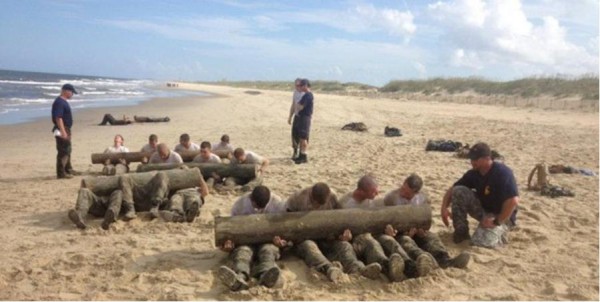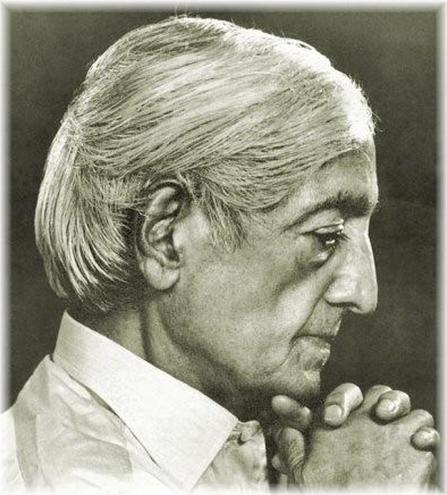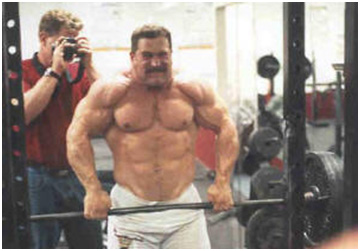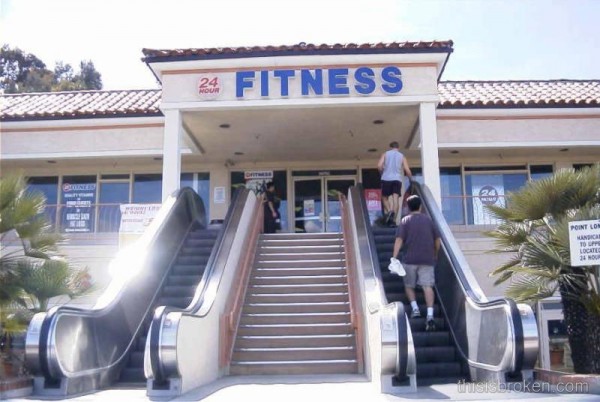Click here to join Marty Gallagher and Dr. Chris Hardy on their new blog, Strong Medicine. The blog, named after the new book by Dr. Chris Hardy and Marty Gallagher, Strong Medicine, will focus on topics like optimum health, strength, metabolism, training and much more.




